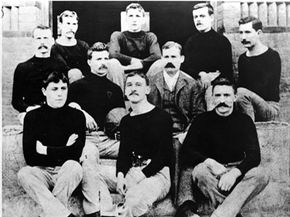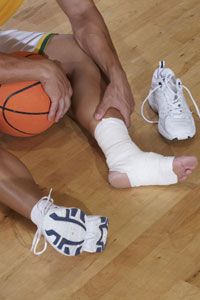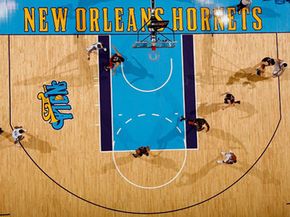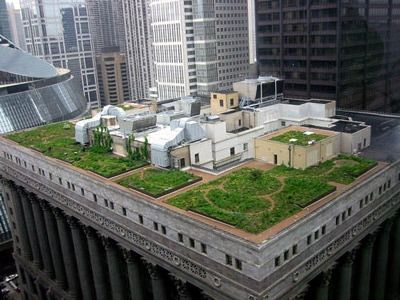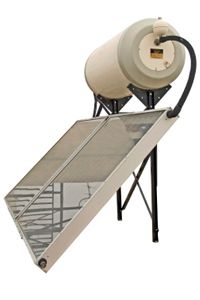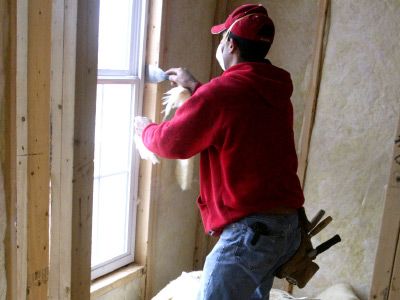On a cold December day in 1891, the first basketball game was played at Springfield College. The game was the brainchild of Dr. James Naismith, who was working for the YMCA training school at the time. Naismith was handed the task of making up an indoor game that snow-bound children could play. In short, the YMCA wanted to wear some rowdy kids out during the harsh New England winters. Naismith fixed two peach baskets to the wall, documented the 13 original rules, and a sport was born. Springfield College is credited with having the world's first basketball court. A simple black and white photograph of that court sold at auction in 2006 for just over $19,000 [source: ESPN].
The flooring of that gym was made of maple wood planks. As it turns out, the early builders of gymnasiums were right on the money, and sports flooring today is still made from maple. The main reason maple is used is because of how hard and hearty it is. Not only are bowling alley floors made from maple, but oftentimes the pins are as well.
Advertisement
There's a scale that the timber industry uses that indicates the hardness of every type of wood -- the Janka scale. Maple is rated at a tough 1450, compared to 1360 for white oak, 1225 for heart pine and the poor Douglas fir that comes in at a lowly 660 [source: countyfloors.com]. Maple planks can also be used for your home's hardwood flooring. But while you may use maple for its resilience and modern look in your home, there are several differences between your dining room hardwood and the floor on a basketball court. In fact, the kind of wood used is about the only thing that's the same.
